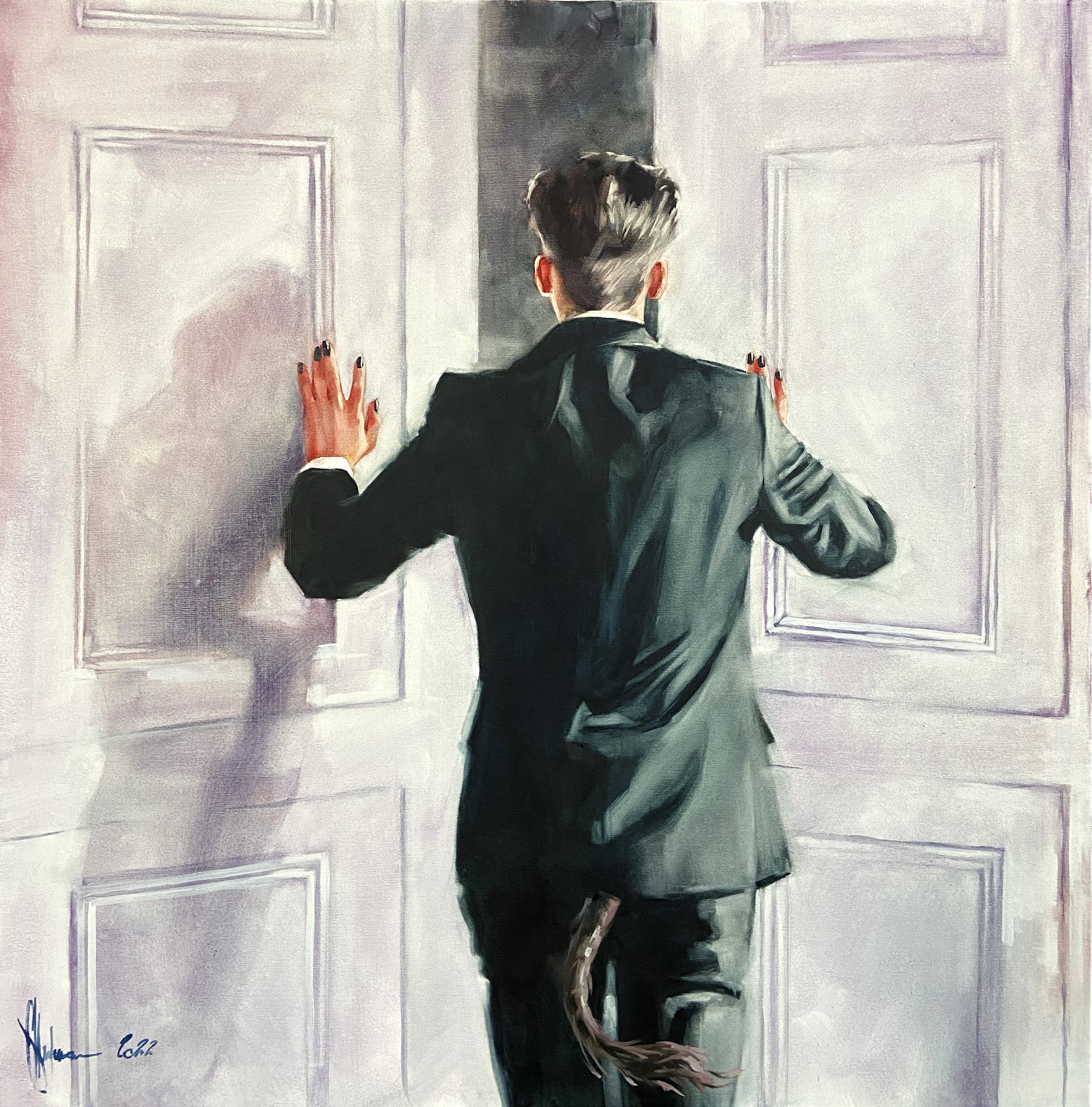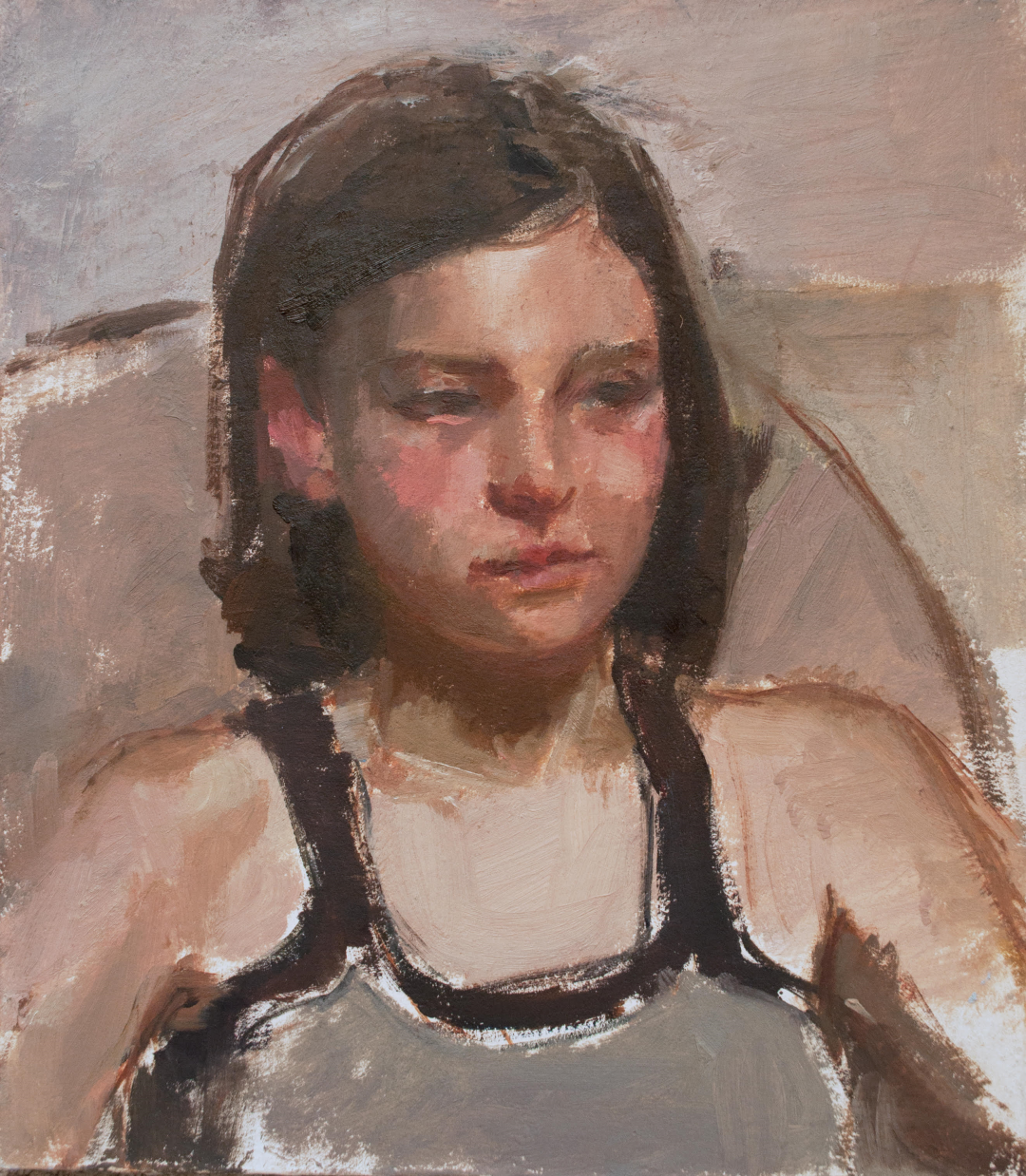Discover the most effective Tips for Creating Stunning Figurative Oil Painting Artwork
The Role of Feeling and Expression in Figurative Oil Paint: A Thorough Evaluation of Topic and Make-up
The interaction of feeling and expression in figurative oil painting serves as a critical lens with which one can check out the elaborate relationship in between subject matter and structure. Artists harness various methods, from shade choice to brushstroke characteristics, to cultivate psychological vibration within their works.
Recognizing Emotion in Art
Emotion in art works as an effective channel for expression, permitting artists to communicate complicated feelings through their job. In metaphorical oil painting, this psychological depth is usually portrayed with the representation of the human figure, capturing the nuances of human experience. The selection of subject, shade scheme, and brushwork all add to the emotional vibration of a piece.
Artists regularly bring into play personal experiences, societal problems, or global themes to evoke feelings in the customer. A portrait may reflect susceptability, while a dynamic figure in movement can represent liberty or turmoil. These emotional strings link the customer to the art work, fostering a discussion that goes beyond the visual medium.
Moreover, the interplay between light and shadow can intensify psychological strength, leading the visitor's stare and accentuating specific aspects within the structure. Making use of texture in oil painting even more adds layers of complexity, welcoming a tactile feedback that improves the emotional experience. In general, understanding emotion in art is essential for appreciating the subtleties that characterize figurative oil painting, as it transforms plain depiction right into an extensive expedition of the human condition.
Crucial Element of Make-up
In the realm of figurative oil paint, the composition functions as the underlying framework that arranges aesthetic aspects and enhances the psychological story. Crucial elements of structure include balance, comparison, centerpiece, and rhythm, each adding to the overall impact of the artwork.
Equilibrium describes the circulation of visual weight within the painting, which can be accomplished through in proportion or asymmetrical plans. A healthy composition provides stability, permitting the viewer to involve with the item harmoniously - figurative oil painting. Comparison, on the various other hand, entails juxtaposing different elements, such as light and dark or cozy and great colors, to guide the visitor's eye and stimulate emotional responses
The focal factor is vital, as it directs focus to the most substantial part of the painting, often highlighting the psychological core of the story. With techniques like shade saturation or positioning, artists can highlight this location efficiently. Rhythm pertains to the rep of aspects, producing a sense of movement and flow throughout the make-up. By masterfully integrating these essential elements, musicians can craft engaging and psychologically resonant figurative oil paintings that mesmerize and involve their audience.
Topic and Its Influence
Subject plays a critical function in figurative oil painting, as it not only works as the structure for the narrative however likewise forms the customer's analysis and psychological involvement with the art work. The option of topic-- be it a solitary figure, a group dynamic, or a thematic representation-- directly influences the emotional atmosphere conveyed to the target market.

For instance, pictures typically stimulate individual connections, disclosing the ins and outs of human expression and character, while scenes depicting common activities can develop a feeling of belonging or nostalgia. In addition, the historical and cultural context of the subject issue enhances the visitor's understanding, motivating deeper reflections on social norms, worths, and the human condition.
Various subject issues likewise produce differing levels of engagement; a remarkable conflict depicted via this website figures in stress might generate sensations of anxiety or compassion, while calm landscapes can conjure up serenity and contemplation. Eventually, the influence of topic in figurative oil paint is extensive, as it acts as a channel for psychological vibration, directing the visitor's response and interpretation, and promoting a link in between the onlooker and the artwork. This interaction is vital for the successful interaction of the artist's intent.
Methods for Stimulating Sensations
The performance of figurative oil paint in communicating feelings is dramatically influenced by the methods employed by the musician. One of one of the most essential approaches is using shade concept, where the calculated option of colors can stimulate details emotional reactions. Cozy shades, such as oranges and reds, commonly elicit feelings of passion or hostility, while cooler tones like blues and environment-friendlies tend to stimulate peace or despair.
One more necessary technique is the adjustment of light and shadow, called chiaroscuro. This approach improves the three-dimensionality of figures, creating significant contrasts that can escalate psychological depth. The positioning of light can direct customers' emotions, highlighting certain elements of the structure.
Brushwork likewise plays a look at here crucial duty; loose, expressive strokes can communicate power and spontaneity, whereas smoother techniques could suggest peace or accuracy. Furthermore, the plan of subjects within the composition can influence emotional influence. Close proximity can suggest intimacy, while range might show isolation.
Ultimately, the combination of these strategies makes it possible for artists to craft stories that resonate with the customer, transforming a simple visual experience right into an evocative psychological trip. - figurative oil painting

Study of Remarkable Works
Taking a look at noteworthy jobs of figurative oil paint reveals just how different methods are employed to evoke effective emotions. One exemplary case is Edvard Munch's "The Scream," where the altered figure and swirling background share existential fear. Munch's use color-- deep blues and brilliant oranges-- escalates the emotional impact, showcasing exactly how palette choices can shape viewer experience.
Another substantial job is Pablo Picasso's "Les Demoiselles d'Avignon." Right here, fragmented kinds and bold brushstrokes show a tumultuous emotional landscape, testing standard depictions of the women figure. Picasso's innovative structure not just captures the audience's interest however additionally welcomes reflection on styles of identification and sexuality.
In Addition, Frida Kahlo's "The 2 Fridas" provides a poignant expedition of duality and self-identity. The contrasting numbers, connected by a common heart, exhibit Kahlo's emotional deepness and individual story. figurative oil painting. Her thorough attention to detail and symbolic components serve to involve viewers on a visceral degree
These study highlight the extensive connection between emotion and make-up in metaphorical oil paint, revealing just how musicians harness strategy my site to interact complicated feelings and narratives that resonate across time and society.

Final Thought
In conclusion, the interplay of emotion and expression in figurative oil paint considerably enhances the visitor's experience and interpretation of the art work. With a cautious selection of subject and compositional techniques, artists communicate extensive narratives that reverberate on both universal and personal degrees. The application of shade chiaroscuro, concept, and brushwork more enhances psychological depth, changing each canvas right into an effective representation of the intricacies of the human experience.
In figurative oil paint, this psychological depth is often portrayed with the depiction of the human number, capturing the subtleties of human experience.In addition, the interplay between light and darkness can magnify psychological strength, directing the audience's gaze and drawing focus to certain elements within the composition. The usage of appearance in oil painting even more adds layers of complexity, welcoming a tactile response that boosts the psychological experience.The focal point is crucial, as it guides interest to the most substantial component of the painting, usually highlighting the psychological core of the story. Inevitably, the influence of subject matter in metaphorical oil painting is extensive, as it offers as an avenue for psychological vibration, leading the visitor's action and interpretation, and cultivating a connection between the observer and the art work.